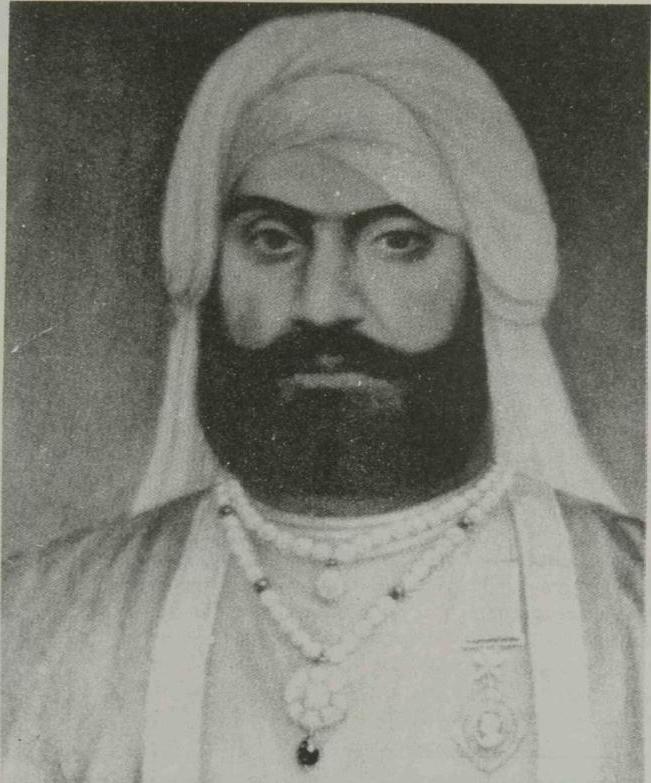Explore the legacy of Amar Singh Majithia, a celebrated military commander under Maharaja Ranjit Singh who distinguished himself in pivotal Sikh campaigns.
Explore Sher Singh Atarivala's pivotal role in leading Sikh resistance against the British, stirring a movement for freedom in Punjab's rich history.
Discover the legacy of Arjan Singh Nalva, a minor jagirdar in Sikh history who stood against the British in 1848. Explore his vibrant past and impact.
Explore the legacy of Surat Singh Majithia, a Sikh commander who played a pivotal role in the Anglo-Sikh wars and was honored with the title of Raja.
BISHAN SINGH, a general in the Sikh army, was the adopted son of Jamadar Khushal Singh, the royal chamberlain (deorhidar). He received his education at the Ludhiana Mission School across the AngloSikh frontier. In 1848, when stationed at Pind Dadan Khan, Bishan Singh was ordered to move his troops to assist Herbert Edwardes, the British resident`s assistant at Bannu, who was then marching against Diwan Mul Raj at Multan. A few months after, his troops revolted and joined the insurrectionists, but Bishan Singh sided with the British and joined Lord Gough`s camp. For this he was rewarded with a pension by the British government.
Discover the role of SOBHA SINGH in the 1848-49 revolt alongside Bhai Maharaj Singh against British rule. Explore his journey and contributions.
CHARHAT SINGH, son of Jai Singh, a Sandhu Jatt of Kot Sayyid Mahmud, a small village near Amritsar, held a service jagir under Maharaja Ranjit Singh. His father had served as a trooper under Gulab Singh Bhangi. Charhat Singh`s sister Rup Kaur married Maharaja Ranjit Singh in 1809. Charhat Singh and his brother Bhup Singh were assigned an area worth 30,000 rupees, subject to the service of 200 horse, which they held for 15 years when it was resumed.
Discover the impactful legacy of Sir William Sampson Whish, the divisional commander who led British forces in the Second Anglo-Sikh War.
DALHOUSIE, JAMES ANDREW BROUN RAMSAY, First Marquis of (1812-1860), Governor General of India (1848-56), son of George (1770-1838), the ninth Earl in the peerage of Scotland, was born at Dalhouse Castle on 22 April 1812. He was educated at Harrow and at Christ Church, Oxford. He succeeded his father to the peerage in 1838 and became member of the House of Lords. In 1845, he became president of the Board of Trade. In 1846, he declined a post in the British cabinet under Sir Robert Peel.
DHARA SINGH (d. 1860) succeeded his father, Mehar Singh, to the family estate situated in the Nakka tract of land upon the latter`s death in 1843. Dhara Singh joined Raja Sher Singh with his horsemen at Multan in 1848. He fought against the British in the battles of Ramnagar (22 November 1848) and Gujrat (21 February 1849). He died in 1860.






